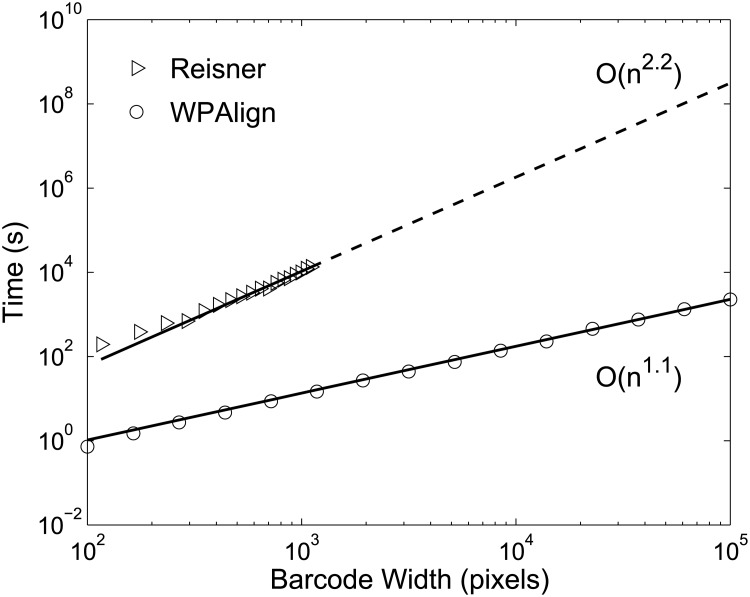Fig 11. Comparison of time scaling for WPAlign and the Reisner approach.
Empirical time scaling results for both techniques on identical kymographs ranging between ∼ 102 and ∼ 105 pixels in width, where ∼ 105 pixels is roughly the length of an intact human genome at current resolutions. Power law curves of the form ax b were fit to these data (solid lines), yielding b = 1.1 for WPAlign, and b = 2.2 for the Reisner method. Thus WPAlign exhibits approximately O(n) time scaling with barcode width, while the Reisner method scales approximately with O(n 2). Scaling data beyond ∼ 103 pixels was projected for the Reisner approach (dashed line), as alignment times became prohibitive. Simulated kymographs were generated by concatenating experimental T4GT7 kymographs from above.

